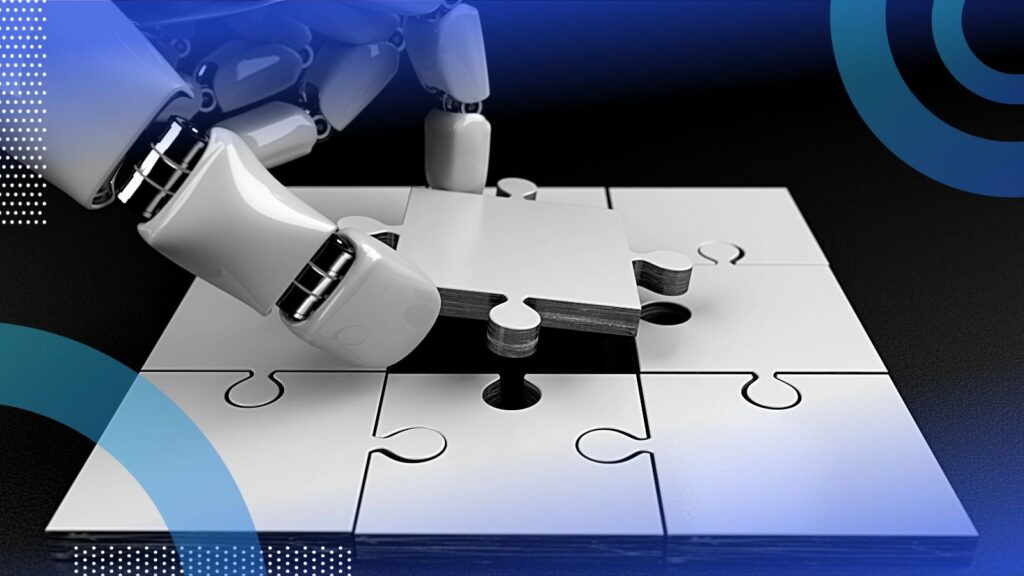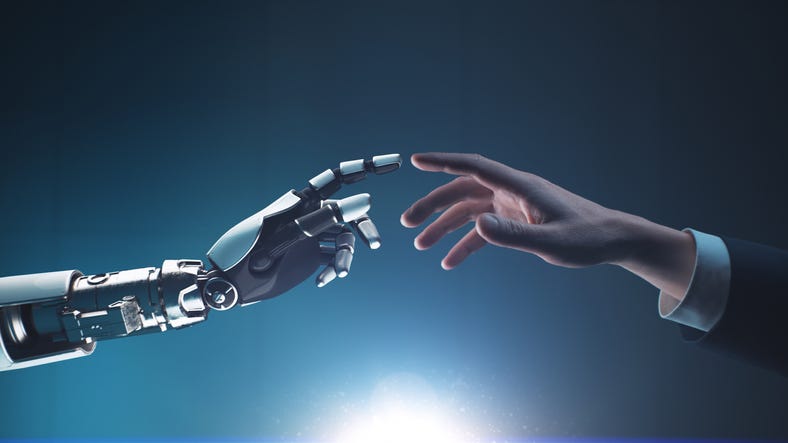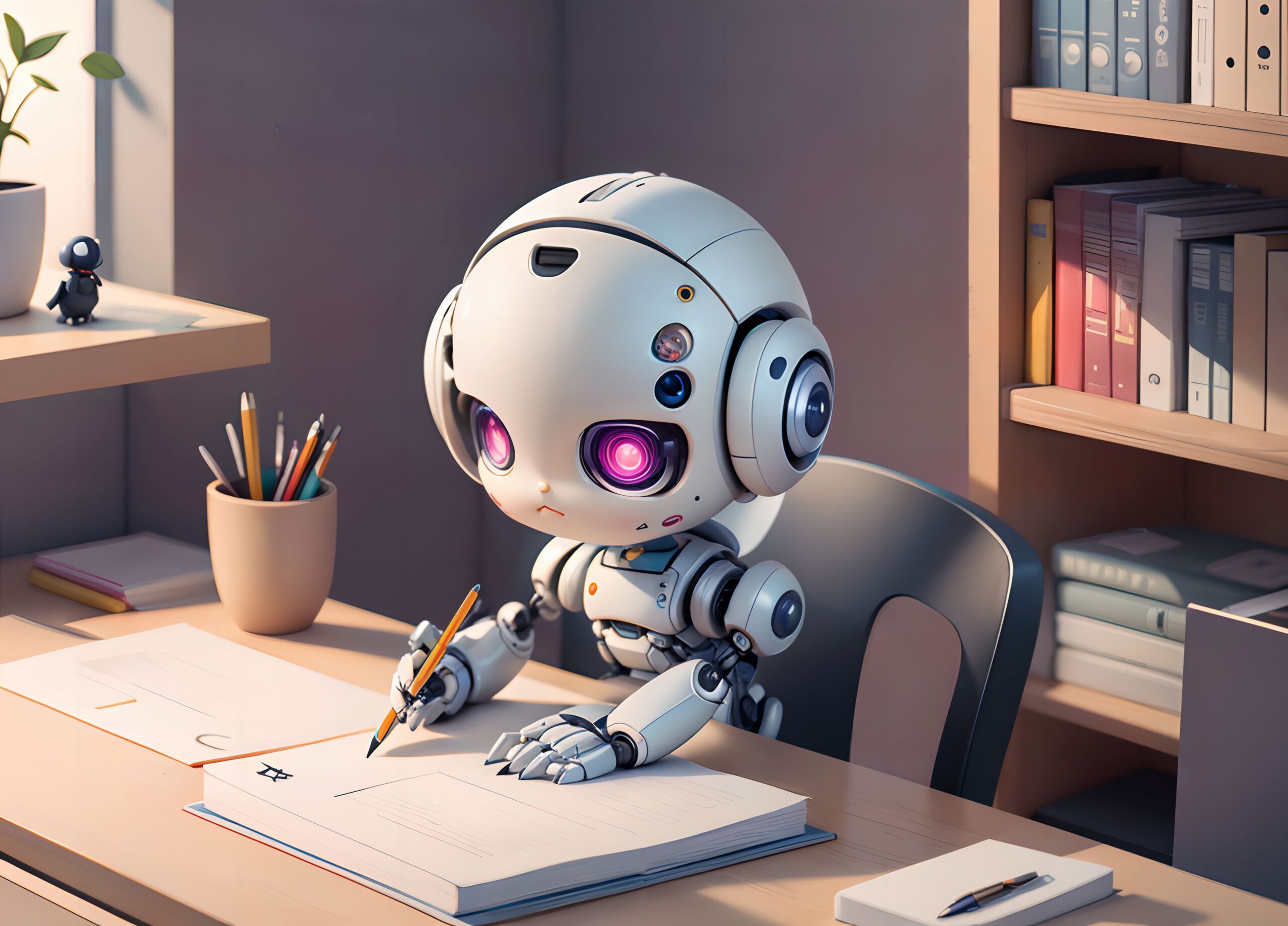Have you ever wondered if robots can solve brain teasers like us? In this blog post, we’ll dive into the world of “riddles AI” to see just how smart machines have become in deciphering tricky puzzles. From simple riddles to the most complex conundrums, we’ll explore how AI handles these challenges with its digital brainpower.
What Are Riddles and Why Are They Fun
Are tricky questions that make you think hard to find the answer. They often use clever wordplay or puzzles to confuse you at first. Riddles are like brain games that can be fun to solve with friends or on your own. They challenge your mind to think in creative ways and find solutions that aren’t always obvious.
When AI, which stands for Artificial Intelligence, tries to solve riddles, it’s like a super smart computer taking on a puzzle challenge. AI can read and understand lots of information really fast, so it can analyze riddles and try to figure out the answers. Even though AI doesn’t have a brain like humans do, it uses special algorithms and patterns to guess the right answers.
Meet AI: Your New Riddle-Solving Buddy
AI is like having a robot friend who loves to solve puzzles with you. It can answer simple riddles AI quickly, like figuring out what has holes but still holds water (answer: a sponge). AI learns from all the it solves, so it gets better at understanding tricky questions over time. It’s cool because AI can help us learn new ways to think about problems and maybe even discover new riddles we haven’t heard before.
Imagine having a friend who never gets tired of playing games with you! That’s AI in a nutshell — a digital buddy who loves challenges just as much as you do. When you ask AI a riddle, it thinks hard and uses its virtual brain to come up with the best answer it can find. It’s like having a super-fast thinker on your team, ready to tackle any puzzle you throw at it.
Easy Riddles AI Can Solve in a Snap
AI is really good at solving simple riddles that have clear answers. For example, it can easily figure out riddles like “What has keys but can’t open locks?” (answer: a piano) or “What has a face but no eyes?” (answer: a clock). These riddles are straightforward, so AI can match the clues to find the right solution quickly.
When AI solves easy riddles, it looks for keywords and hints in the question to find a match. It’s like playing a matching game where AI scans through its memory banks to find the best fit for the riddle’s description. Even though some riddles can be tricky, AI is great at breaking down the clues and coming up with logical answers based on what it knows.

Medium Riddles: Testing AI’s Brain Power
Medium-level riddles make AI think a bit harder. These riddles often have more complex clues that require deeper understanding. For instance, a riddle like “I speak without a mouth and hear without ears. I have no body, but I come alive with the wind. What am I?” challenges AI to think beyond simple objects and consider abstract ideas.
When AI tackles medium riddles, it uses its algorithms to analyze different possible answers. It looks for patterns in the clues and tries to match them with things it knows from its vast database of information. Sometimes AI might need a few tries to get the right answer because these riddles push its thinking abilities to find the most fitting solution.
Tricky Riddles That Stump AI (And Humans Too!)
Some riddles are so tricky that even AI struggles to solve them right away. These riddles often use wordplay, double meanings, or unusual scenarios that can confuse both machines and people alike. For example, a riddle like “What has keys but can’t open locks, has space but no room, and allows you to enter but not go inside?” challenges AI to think outside the box and consider multiple meanings for each clue.
When AI encounters tricky riddles, it may take longer to come up with the correct answer. AI uses its learning algorithms to test different interpretations of the clues and refine its understanding over time. This process mimics how humans might brainstorm and discuss possible solutions with friends. Eventually, AI may crack the riddle by finding a logical explanation that fits all the clues together perfectly.
How AI Learns to Solve Riddles: A Peek Behind the Curtain
AI learns to solve riddles through a process called machine learning. This means it studies lots of examples of riddles and their solutions to understand how they work. AI reads through databases filled with riddles and their answers, learning which clues lead to which solutions. Over time, AI gets better at recognizing patterns and making educated guesses based on its previous experiences.
Behind the scenes, AI’s algorithms break down riddles into smaller parts, analyzing each clue to find connections and meanings. It’s like solving a puzzle piece by piece until the whole picture becomes clear. As AI solves more riddles, it improves its ability to handle new challenges and even create its own riddles that are just as tricky as the ones it’s learned from.
Can AI Get Better at Riddles Over Time
Yes, AI can definitely get better at solving riddles as it learns from more examples and experiences. Just like practicing a sport or playing a musical instrument, AI improves its riddle-solving skills through repetition and learning from its mistakes. Each riddle AI solves adds to its knowledge base, making it more adept at understanding tricky language and complex clues.
As AI continues to develop, researchers and programmers are finding new ways to enhance its problem-solving abilities. This includes teaching AI to recognize humor, sarcasm, and cultural references embedded in riddles — aspects that are challenging even for humans. By pushing the boundaries of AI’s capabilities, we may soon see machines that not only solve riddles but also create them in creative and imaginative ways.
The Impact of AI on Riddle-Making: Trends and Insights
AI isn’t just solving riddles; it’s also influencing how riddles are created and enjoyed. With AI-generated content becoming more common, there’s a growing interest in AI’s role in crafting new riddles. AI can analyze existing riddles to identify popular themes and styles, then generate new ones that fit those patterns.
Creators and enthusiasts are exploring how AI can inspire fresh approaches to riddle-making, blending traditional formats with innovative twists. This fusion of human creativity and AI capabilities opens up new possibilities for riddle enthusiasts to enjoy and explore. As AI continues to evolve, its impact on riddles may lead to new forms of entertainment and intellectual challenges that captivate audiences worldwide.
Riddles AI Loves to Solve: A Compilation
AI excels at solving certain types of riddles that play to its strengths. For instance, riddles with clear patterns or straightforward clues are often quickly deciphered by AI. These might include riddles about everyday objects, logical puzzles, or simple wordplay. AI’s ability to process information quickly and systematically search for answers makes it particularly effective at handling these types of challenges.
When compiling riddles for AI to solve, creators often select a mix of different styles and difficulties to test its versatility. This compilation helps AI developers refine their models and improve their algorithms based on how well AI performs across various riddle types. As AI continues to learn and adapt, it becomes more proficient at tackling new riddles and offering accurate solutions.
Challenges in Teaching AI to Understand Humor and Wordplay
One of the biggest challenges in teaching AI to solve riddles is understanding humor and wordplay. Riddles often rely on puns, double meanings, or cultural references that can be difficult for AI to grasp. For example, a riddle like “Why was the math book sad? Because it had too many problems!” uses wordplay that requires a deeper understanding of language and context.
AI researchers are constantly working on improving AI’s ability to interpret these nuances. They develop algorithms that analyze language patterns, context clues, and even emotional tones to better understand jokes and wordplay. By teaching AI to recognize humor and wordplay, researchers hope to enhance its ability to engage in more natural and human-like interactions.
Ethics of AI Riddle Solving: Should Machines Play Games
The ethics of AI riddle solving raise important questions about the role of machines in entertainment and intellectual challenges. Some people argue that riddles and puzzles are an essential part of human culture and should remain a human endeavor. They believe that relying too much on AI to solve riddles could diminish the joy of human creativity and problem-solving.
On the other hand, proponents of solving highlight its educational and collaborative potential. AI can assist humans in learning and improving their riddle-solving skills, offering new insights and perspectives on complex puzzles. As technology continues to advance, discussions about the ethical implications of AI in entertainment and games will likely shape future developments in this field.
Future Horizons: Where Riddles and AI Meet
Looking ahead, the future of holds exciting possibilities. As AI technology evolves, we may see more sophisticated models capable of not only solving riddles but also generating new ones. Imagine AI-powered apps that create personalized riddles based on your interests or challenge you with puzzles tailored to your skill level.
Furthermore, AI could revolutionize how we interact with in virtual and augmented reality environments. Imagine solving riddles in immersive digital worlds where AI characters challenge you with mind-bending puzzles in real-time. The convergence of AI and riddles opens doors to new forms of entertainment, learning, and creative expression that blend human ingenuity with technological innovation.
DreamStudio: Stable Diffusion’s AI Art Web App Tool Explained
DreamStudio is an AI-powered web app developed by Stable Diffusion that allows users to create art using artificial intelligence algorithms. This tool leverages advanced neural networks to generate unique artworks based on user inputs such as style preferences, color schemes, and composition choices. Users can explore various artistic styles and experiment with different parameters to create stunning visual compositions effortlessly.
DreamStudio’s intuitive interface makes it accessible for both amateur artists and seasoned professionals alike. By harnessing the power of AI, users can generate high-quality artwork quickly and explore creative possibilities that may not be achievable through traditional methods alone. This innovative tool represents a leap forward in the intersection of technology and art, offering a glimpse into the future of digital creativity.
Loves to Solve: A Compilation
AI excels at solving certain types of riddles AI that play to its strengths. For instance, riddles with clear patterns or straightforward clues are often quickly deciphered by AI. These might include riddles about everyday objects, logical puzzles, or simple wordplay. AI’s ability to process information quickly and systematically search for answers makes it particularly effective at handling these types of challenges.
When compiling for AI to solve, creators often select a mix of different styles and difficulties to test its versatility. This compilation helps AI developers refine their models and improve their algorithms based on how well AI performs across various riddle types. As AI continues to learn and adapt, it becomes more proficient at tackling new and offering accurate solutions.
Challenges in Teaching AI to Understand Humor and Wordplay
One of the biggest challenges in teaching AI to solve riddles is understanding humor and wordplay. Riddles AI often rely on puns, double meanings, or cultural references that can be difficult for AI to grasp. For example, a riddle like “Why was the math book sad? Because it had too many problems!” uses wordplay that requires a deeper understanding of language and context.
AI researchers are constantly working on improving AI’s ability to interpret these nuances. They develop algorithms that analyze language patterns, context clues, and even emotional tones to better understand jokes and wordplay. By teaching AI to recognize humor and wordplay, researchers hope to enhance its ability to engage in more natural and human-like interactions.
Ethics of AI Riddle Solving: Should Machines Play Games
The ethics of solving raise important questions about the role of machines in entertainment and intellectual challenges. Some people argue that riddles and puzzles are an essential part of human culture and should remain a human endeavor. They believe that relying too much on AI to solve riddles could diminish the joy of human creativity and problem-solving.
On the other hand, proponents of solving highlight its educational and collaborative potential. AI can assist humans in learning and improving their riddle-solving skills, offering new insights and perspectives on complex puzzles. As technology continues to advance, discussions about the ethical implications of AI in entertainment and games will likely shape future developments in this field.

Future Horizons: Where Riddles and AI Meet
Looking ahead, the future of riddles AI holds exciting possibilities. As AI technology evolves, we may see more sophisticated models capable of not only solving riddles but also generating new ones. Imagine AI-powered apps that create personalized riddles based on your interests or challenge you with puzzles tailored to your skill level.
Furthermore, AI could revolutionize how we interact with in virtual and augmented reality environments. Imagine solving riddles in immersive digital worlds where AI characters challenge you with mind-bending puzzles in real-time. The convergence of AI and riddles opens doors to new forms of entertainment, learning, and creative expression that blend human ingenuity with technological innovation.
Conclusion:
exploring has shown us just how smart machines can be! From solving simple puzzles to tackling tricky brain teasers, AI has proven its ability to learn and adapt. While it may not always get the answer right on the first try, AI’s knack for problem-solving continues to improve with each riddle it encounters.
As we look to the future and are set to continue their fascinating journey together. With advancements in technology, we can expect AI to become even better at understanding humor, wordplay, and complex clues. Whether you’re a riddle enthusiast or just curious about what AI can do, the collaboration between humans and machines promises endless possibilities for creativity and fun. So, next time you have a riddle to solve, why not ask AI for a little help? You might be surprised by the clever answers it comes up with!

